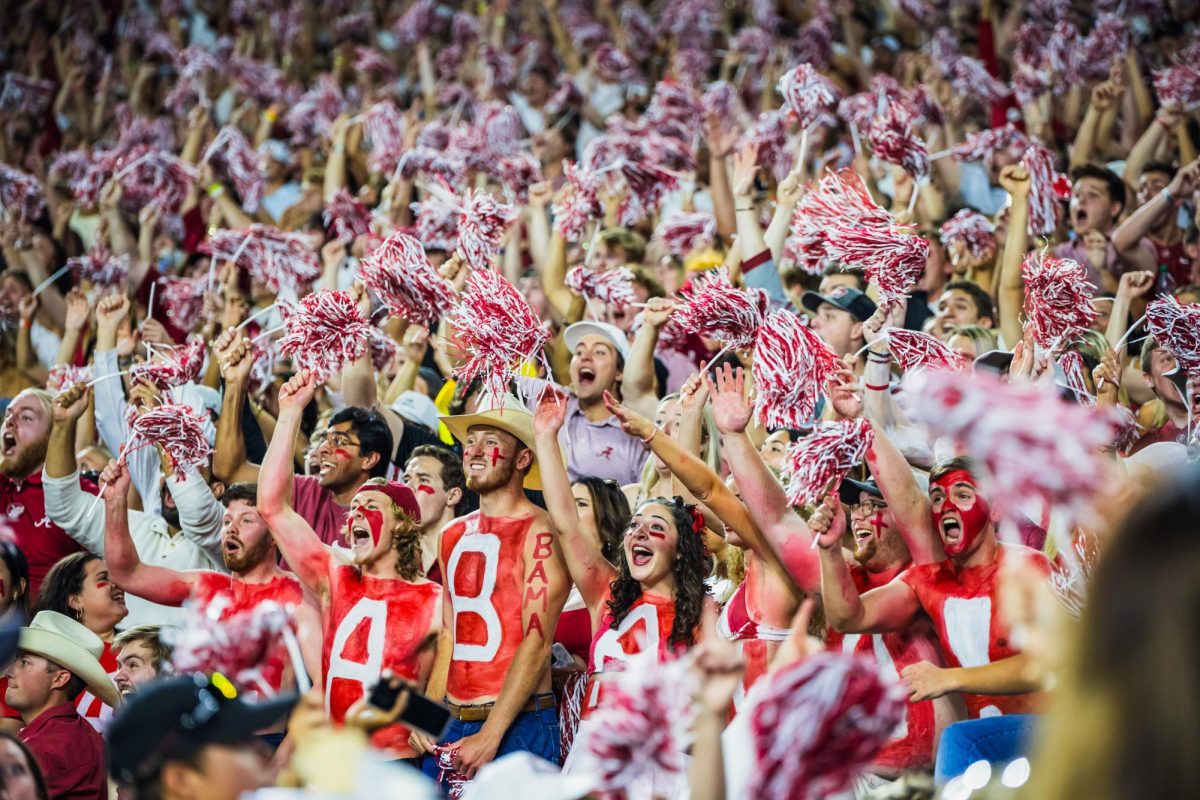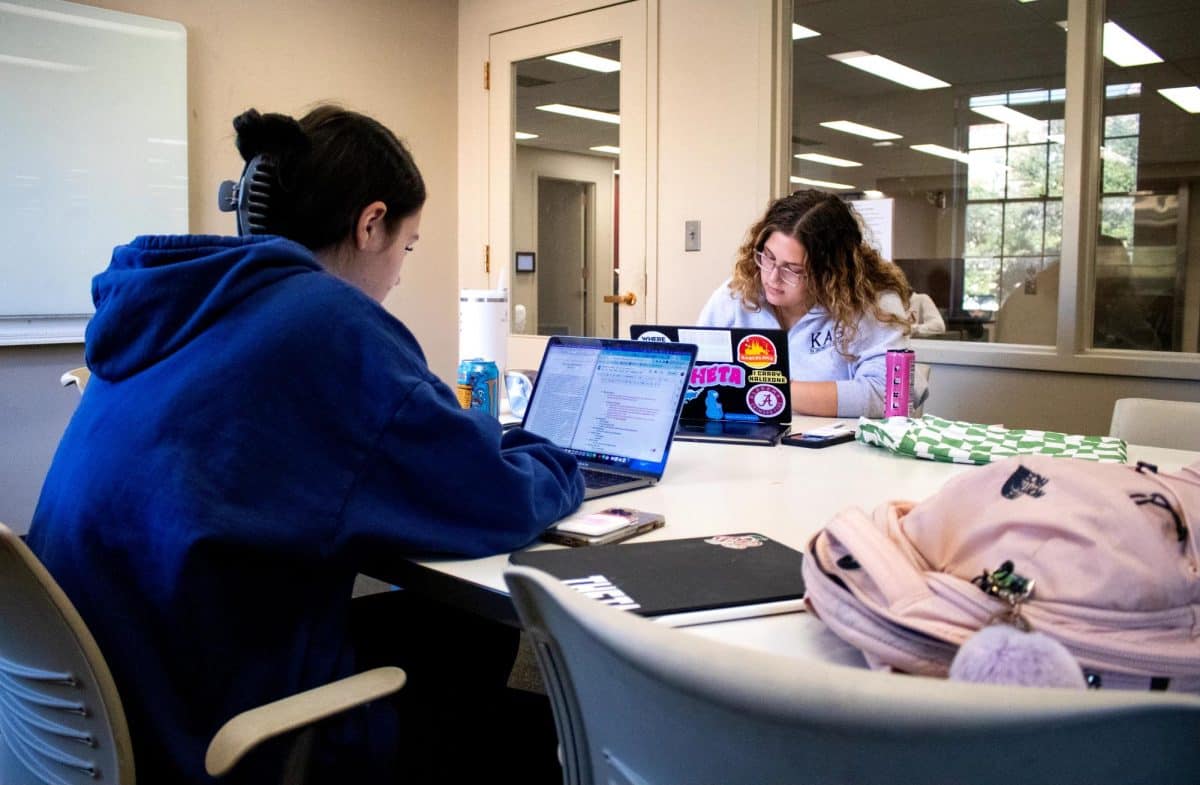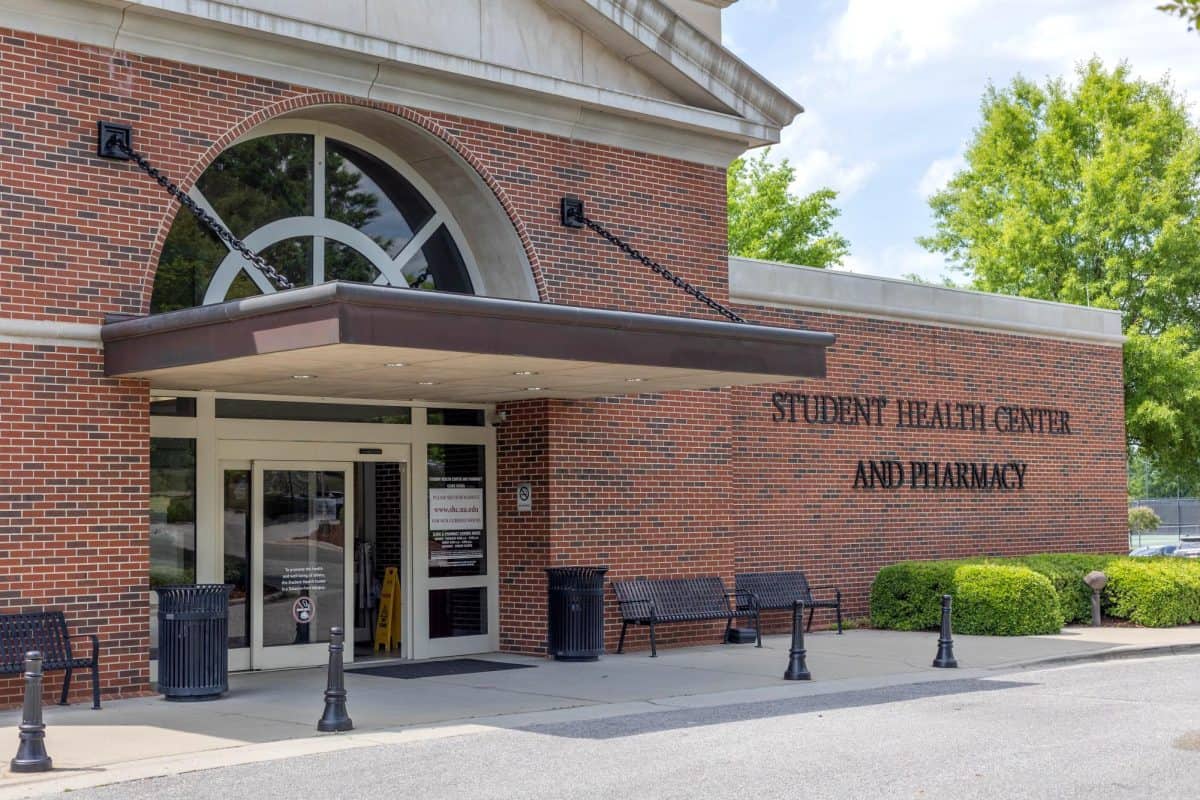I’ve always questioned why our colleges proudly brandish their standing in the U.S. News and World Report’s “best ranked” colleges and universities. I am proud to be a graduate of The University of Alabama and even more satisfied to receive my second degree from the school, but little of my pride is derived from my school’s standing among those rankings.
These lists are often unreliable as each publication acquires and uses different information to compute their numerical score. Accordingly, each magazine, be it Forbes, U.S. News or the Princeton Review, often contains vastly different information on where a school stands compared to the rest.
As the U.S. News rankings attract a devoted following and are widely regarded as the most controversial, let us focus on how they calculate their scores. Using information provided by the universities, U.S. News scores colleges and universities by summing a score from the following: alumni donations, graduation rate (for liberal arts and national universities), financial aid, faculty resources (which is a collection of factors like average class size and student-to-teacher ratio) acceptance rate, student retention and peer assessment of the performance of other schools, performed by the top three officials of each school.
Although some of these criteria are reasonable, such as retention, student-to-faculty ratio and the graduation rate, the others are highly questionable. Alumni contributions indicate a certain amount of loyalty and respect for the alma mater. Yet, this number will inevitably be greater at private institutions that do not receive any public funding. Moreover, as private institutions rank highest in their percentage of alumni giving (and often highest in quality in these magazines), we might want to look deeper. Private schools rely on their alumni to fund essential programs and increase their endowment.
Further, their campuses are smaller, and they often take great lengths to bind their students to campus life and to one another, creating a greater affinity for and loyalty to their school. Similarly, these smaller campuses must have lower acceptance rates than large public universities and medium-sized schools. Consequently, the acceptance rate has little to do with the quality of the education you will receive, and more importantly, it does not take into account how larger universities must recruit more students to maintain funding and quality for their programs.
Finally, but perhaps most interesting, is the peer assessment. Why on earth would you ask participants in a survey to rank their competition, especially since they may not be familiar with the school? More disturbingly, why does this constitute a quarter of the entire score? How does the assessment of others schools reliably indicate what one school is doing to prepare its student body? Moreover, why are the schools performing the assessment and not the U.S. News? As no favorable answers to these questions are apparent, I must conclude that the U.S. News rankings constitute little more than lame science.
U.S. News benefits from a long-standing American obsession with “best of” lists and scores. As you can see from a look at how they calculate those scores, it has little to do with the factors we may consider “best” when selecting an institution of higher learning. These magazines rely on student anxiety to sell their materials and promotional goods. They promise you in-depth evaluations of the greatest colleges and universities, but their measuring standards do not indicate how financially successful you may become, the bonds you develop during your college experience, your immediate job opportunities post-graduation, your social and intellectual development or the value of the college for the money spent. When our schools brandish these unreliable numbers as a benchmark of how far we have come, we play into the paranoia and the numbers game created by these institutions for their own benefit.
As a graduate, I will definitively argue that The University of Alabama does not need the superficial endorsement of the U.S. News. One day, I hope not to see their reports displayed on banners or posted on websites. Then we can free ourselves from the false sense of security they attempt to provide.
John Speer is a graduate student in secondary education. His column runs weekly.








